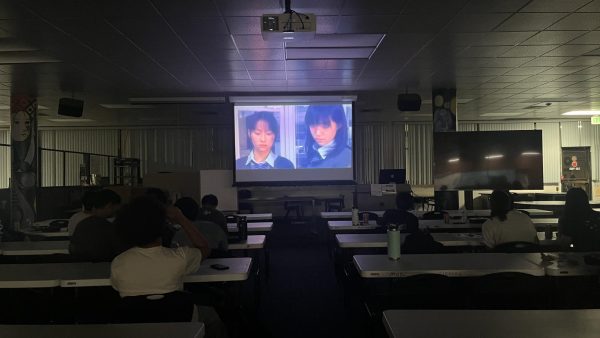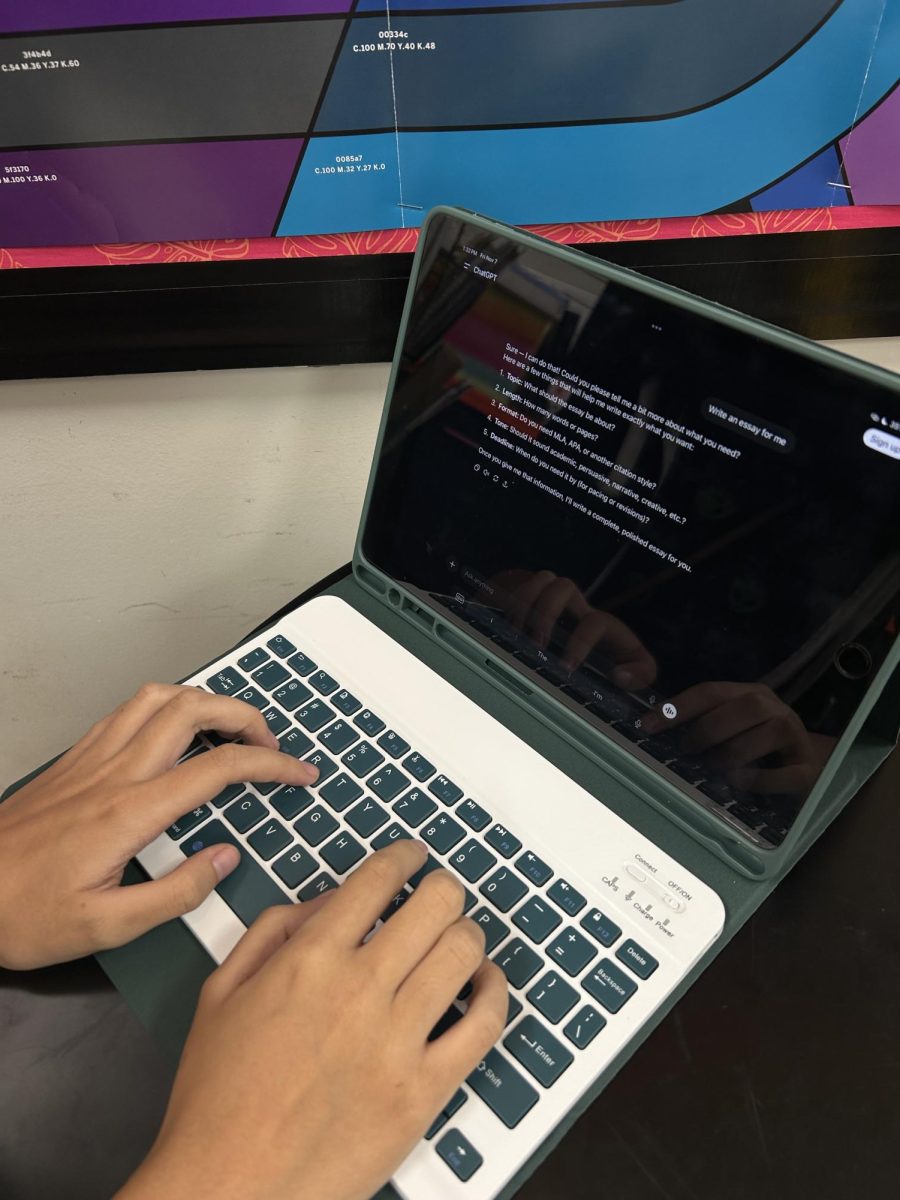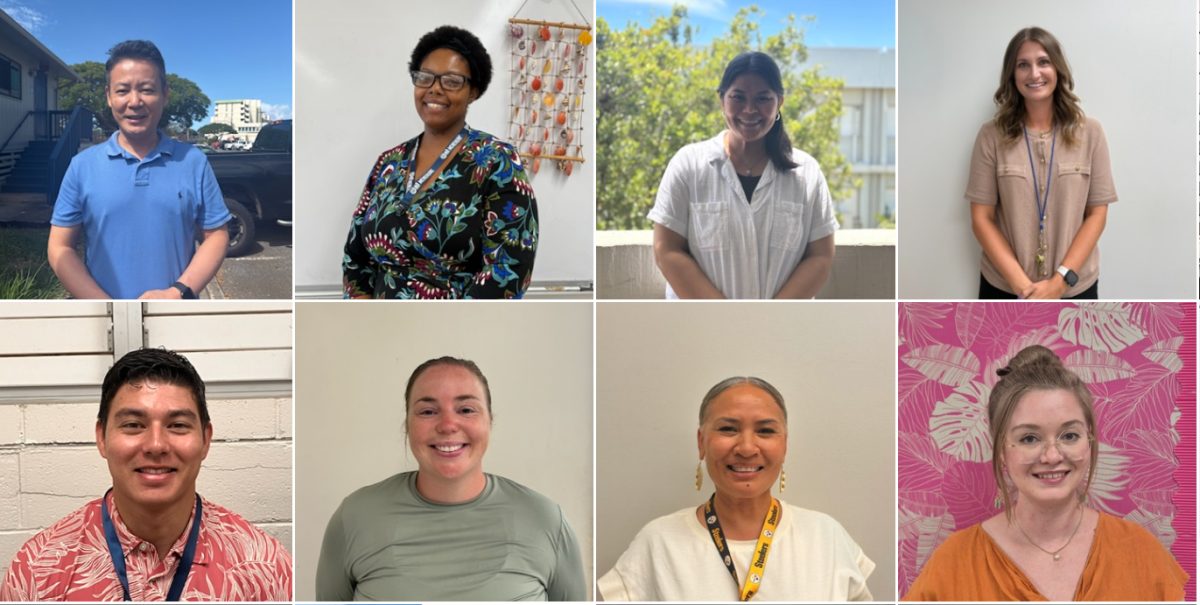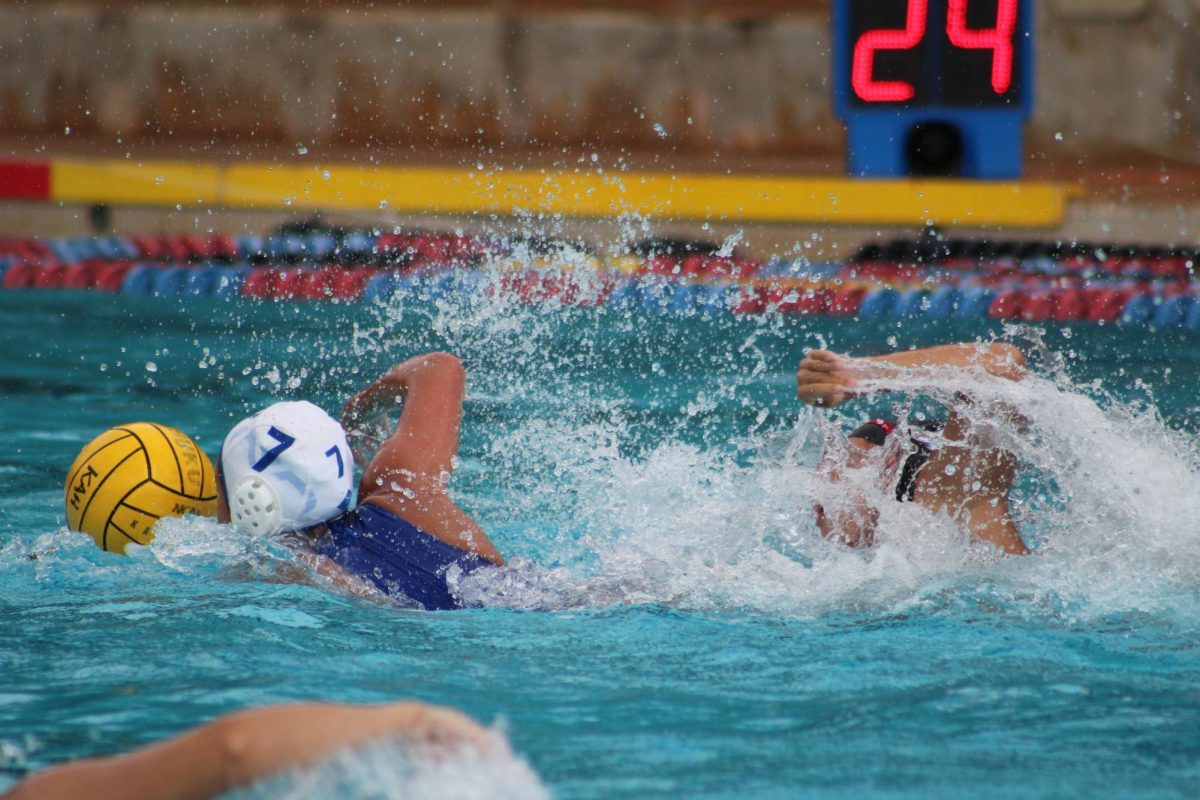Japanese Club’s annual Obake Night was filled with unsettling ghost stories, Japanese horror, great food, and an exciting activity that ended the night. Students look forward to attending Obake Night for the obake–meaning ghost or shapeshifters in Japanese– stories portion, where a Moanalua Social Studies teacher, Mr. David Hasegawa opens Obake Night with ghost stories. He has been known to tell stories in class to his students, and has been a segment of Obake Night for 5 years.
As a special treat this year, one of our Earth Science and Chemistry teachers and friends of Hasegawa, Mr. Frank Raymond, also attended and shared stories about his own paranormal experiences.
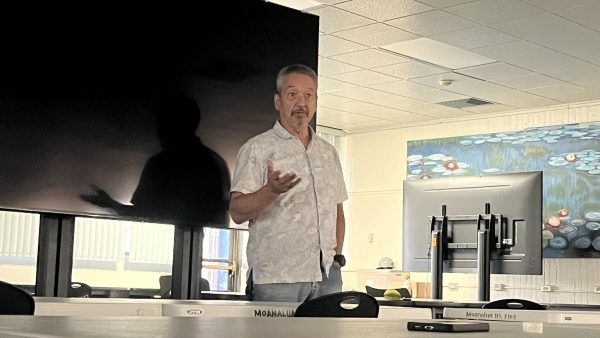
“It kinda takes the stress off of me, I tend to tell the same stories every year,” Hasegawa stated. “Now they [possibly] have new stories coming in that they’ll hear [for the first time].”
Ghost stories have been around this school since its founding, and they’ve been shared throughout the generations by students and faculty alike. There was even a PBS Hawai’i video segment featuring Moanalua High School teachers –including Raymond– sharing ghost stories on from HIKI NŌ Episode 109, “Haunted Moanalua”. Users online can access the video on YouTube to hear about the ghost stories and history of this school. According to the video segment, much of Moanalua’s paranormal activity has to do with its supposedly being built on top of the grounds of a former heiau, an ancient Hawaiian place of worship. Like in many cultures, in Hawaiian culture, it is extremely important to not disturb or interfere with past spiritual places of worship. It just so happens our school may be built upon what was an important navigational heiau and is also in the path of the Moanalua Valley “Night Marchers”, making many believe that it is no coincidence that there have been many unusual paranormal phenomena on campus.
“When [Hasegawa] comes [to Obake Night], he shares his past stories, but he would add on new stories, enabling students to enjoy storytelling,” says Japanese Club advisor Jaime Tateyama. “We’re in a technology-world, and most kids are on their phones, but when we have these [events], most of them want to hear real stories from someone verbally. We may not have 60 kids, but I’m impressed to see how this event is growing because of how many students are participating.”
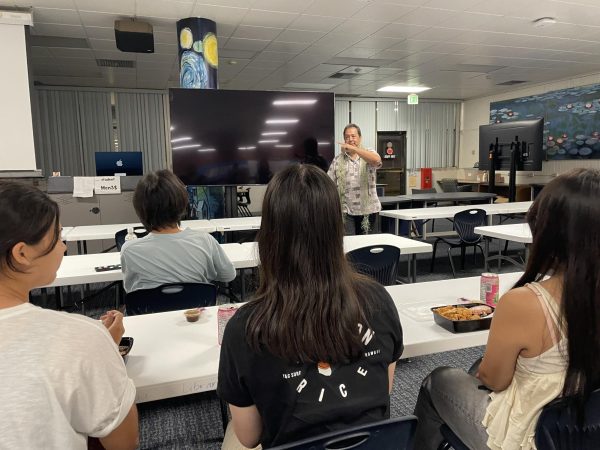
As Tateyama suggested, while the number of students attending is small, it’s an event that has been growing slowly, and it’s an event where students can interact with each other for the time being.
“His [Hasegawa] stories are very personable, and the personable comes from how he shares his stories; he knows how to reach out to the kids; that’s why they’re so quiet and focused,” Tateyama said. “I think that’s a really good trait that he has when he tells stories, and he has the local flair when they’re [the students] in shock or spooked out. Whenever I tell my stories, I can’t be like that.”
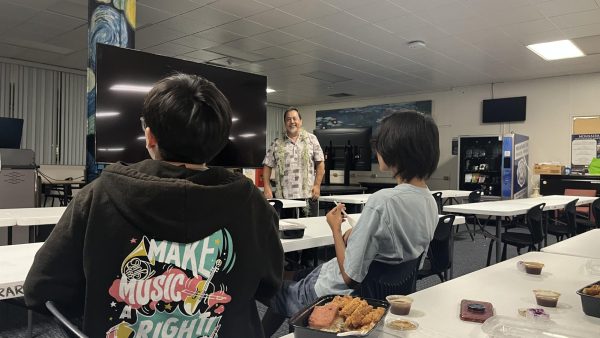
Even though Japanese club members may change and the ghost story itinerary changes, the event itself barely does, which Tateyama and the returning students make sure of. They like that there’s a portion dedicated to Moanalua culture and obake tales.
“It’s kind of like going back into history, seeing how the school has changed, and learning about what the school has. We want them to learn about the legacy of our school, even though it’s very spooky,” Tateyama said. “I think the foundation of Obake Night hasn’t changed; it’s the students [in the club] that change.”
If you are not in the Japanese Club, missed the event, and want to hear more of Hasegawa’s tales, drop by to see him before the year is over for a chance to hear from him. He is likely to retire at the end of the year.

With this being Hasegawa’s last year teaching, the outside life awaits him, and many options are open to the veteran social studies teacher.
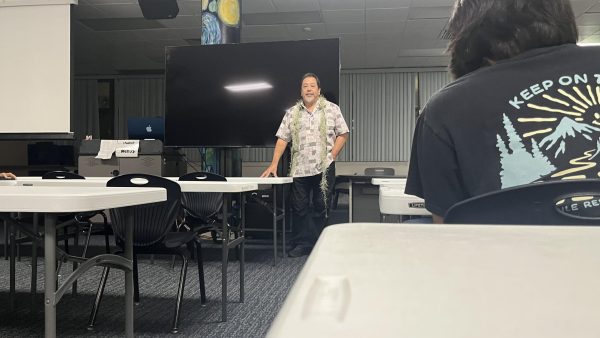
“I’m still looking at part-time jobs, but I do coach volleyball, so I might do a little more of that [coaching],” Hasegawa said.
